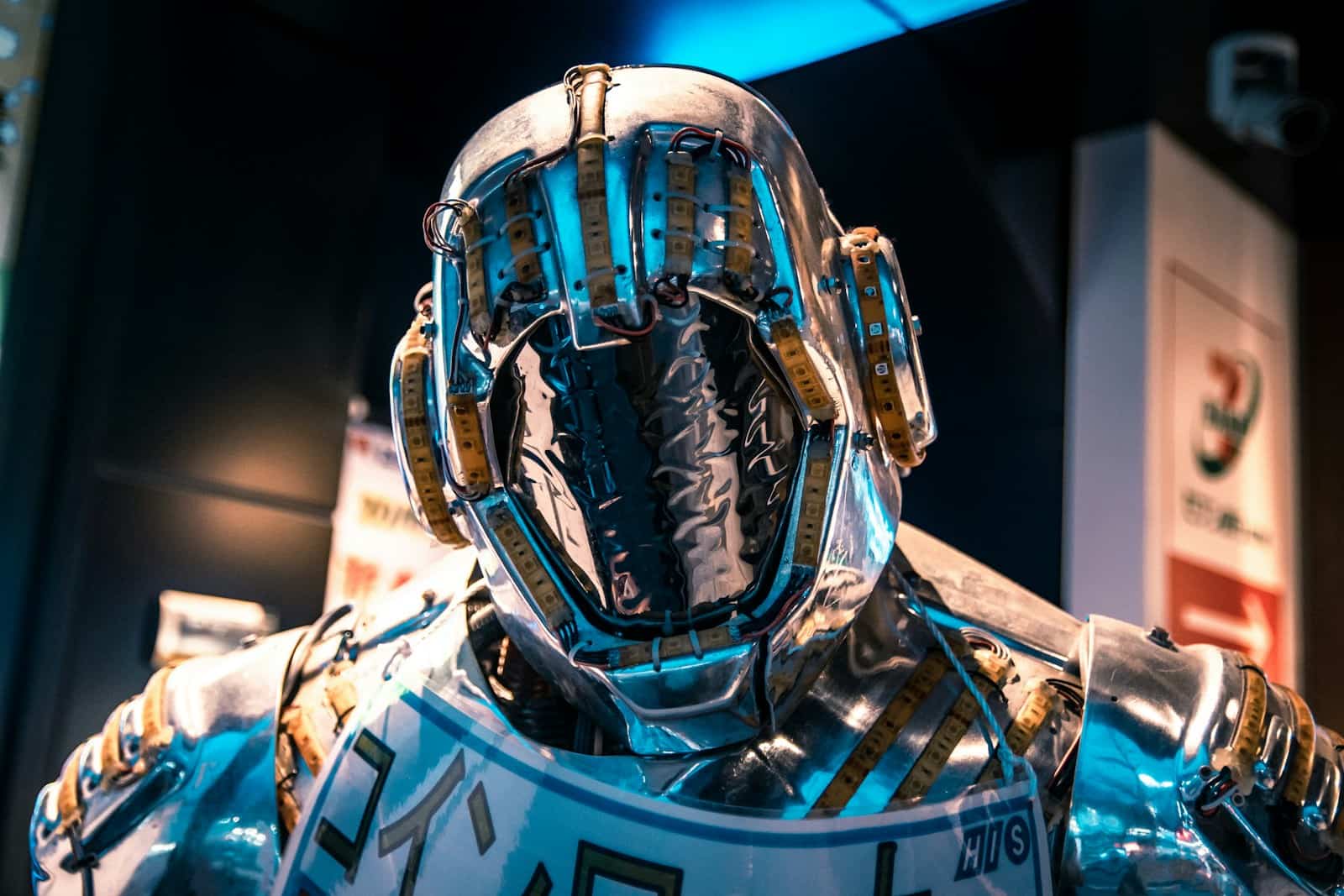Humanoid robots are becoming more advanced and capable. These machines blend artificial intelligence with human-like bodies to perform tasks in various fields.
The best humanoid robot depends on the specific use case and requirements. Some top contenders include ASIMO by Honda, known for its mobility, and Sophia by Hanson Robotics, praised for its conversational abilities. Other notable humanoids are Atlas by Boston Dynamics, which excels in physical tasks, and Ameca by Engineered Arts, designed for natural interactions.
The humanoid robot market is growing fast. It was worth $1.8 billion in 2023 and may reach $13 billion by 2028. This growth is driven by improvements in AI and more human-like features. These robots are taking on more roles in service jobs and other areas.
Best Humanoid Robots: Exploring the Cutting Edge
Humanoid robots are no longer just a figment of science fiction. They’re real, they’re here, and they’re getting more advanced every day. But with so many options available, it can be tough to know which one is the “best.” It really depends on what you’re looking for. Let’s explore some of the top contenders in the world of humanoid robots and what makes them unique.
1. Tesla Optimus
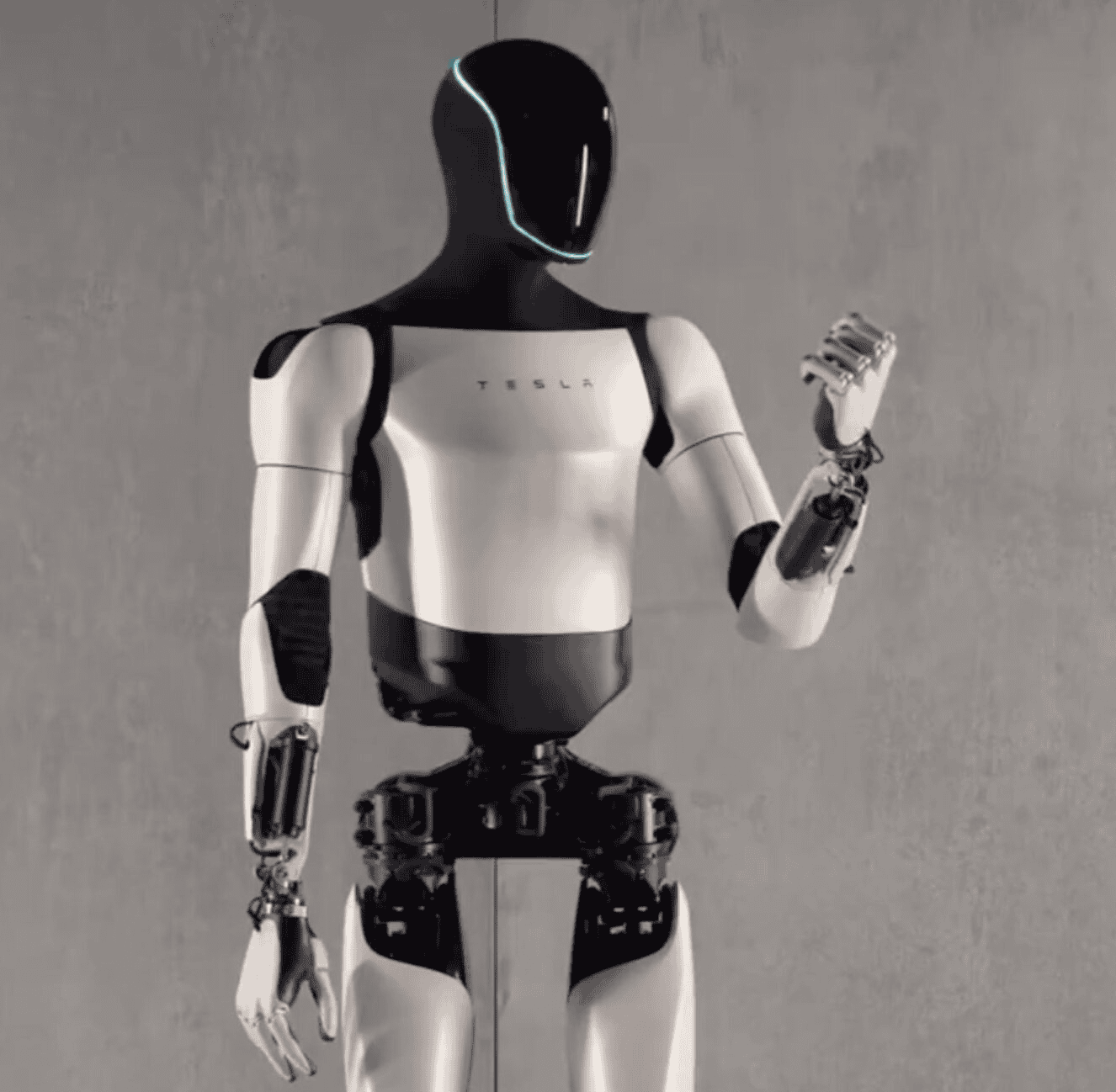
Tesla, the company known for its electric cars, is also venturing into the world of robotics. Their Optimus robot is designed to be a general-purpose humanoid robot capable of performing a wide range of tasks, from household chores to industrial work. It’s still under development, but it has the potential to revolutionize the way we interact with robots.
Key Features of Tesla Optimus
- Designed for general-purpose tasks
- Focus on affordability and mass production
- Potential for widespread use in various industries
2. Boston Dynamics Atlas
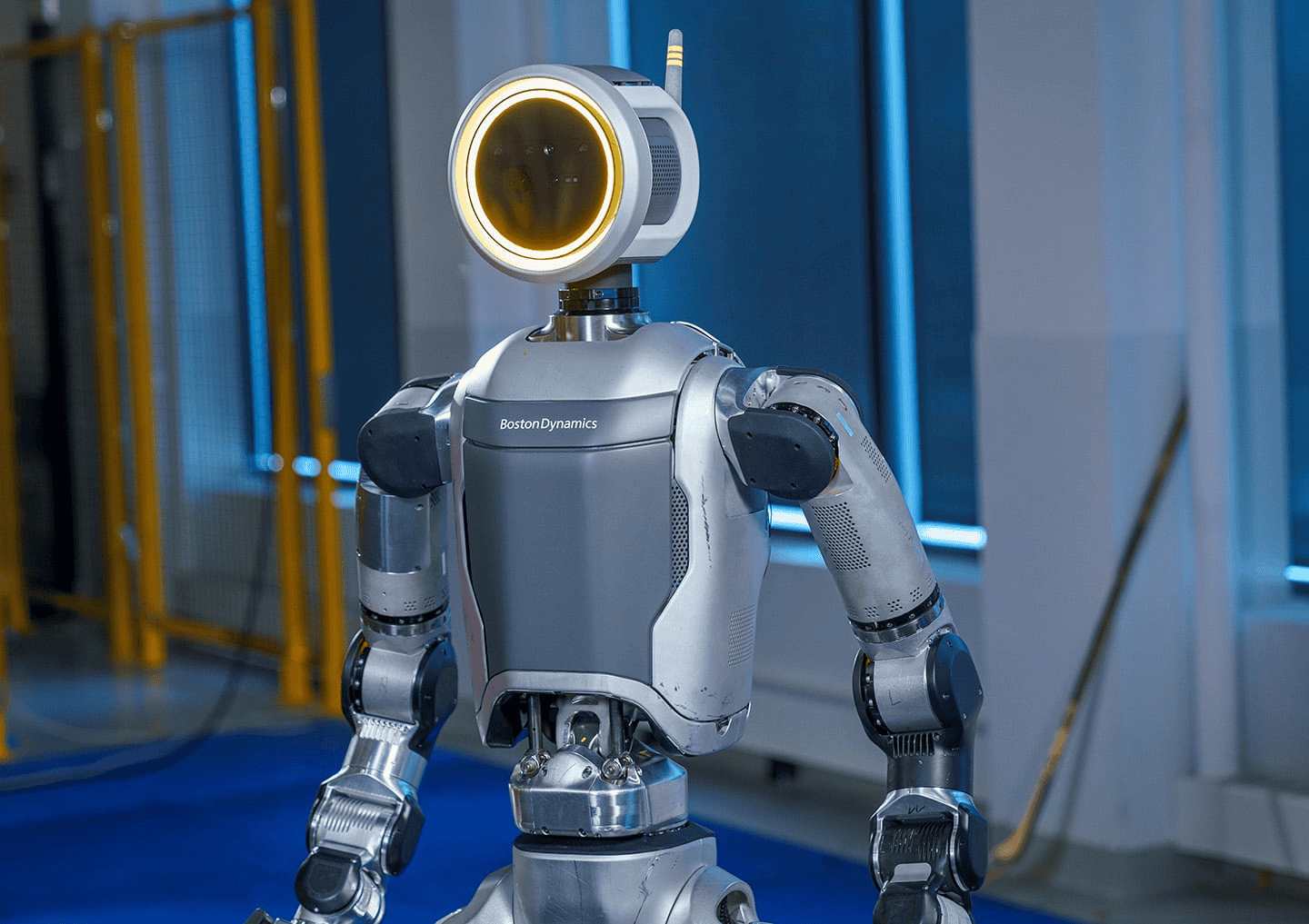
Boston Dynamics is a leader in the field of robotics, and their Atlas robot is arguably the most agile humanoid robot in existence. It can run, jump, do backflips, and even dance with impressive fluidity. While it’s not yet available for commercial use, Atlas showcases the incredible advancements being made in humanoid robot agility.
Key Features of Boston Dynamics Atlas
- Highly agile and dynamic movements
- Advanced capabilities like running, jumping, and backflips
- Primarily a research platform for advancing robotics
3. Engineered Arts Ameca
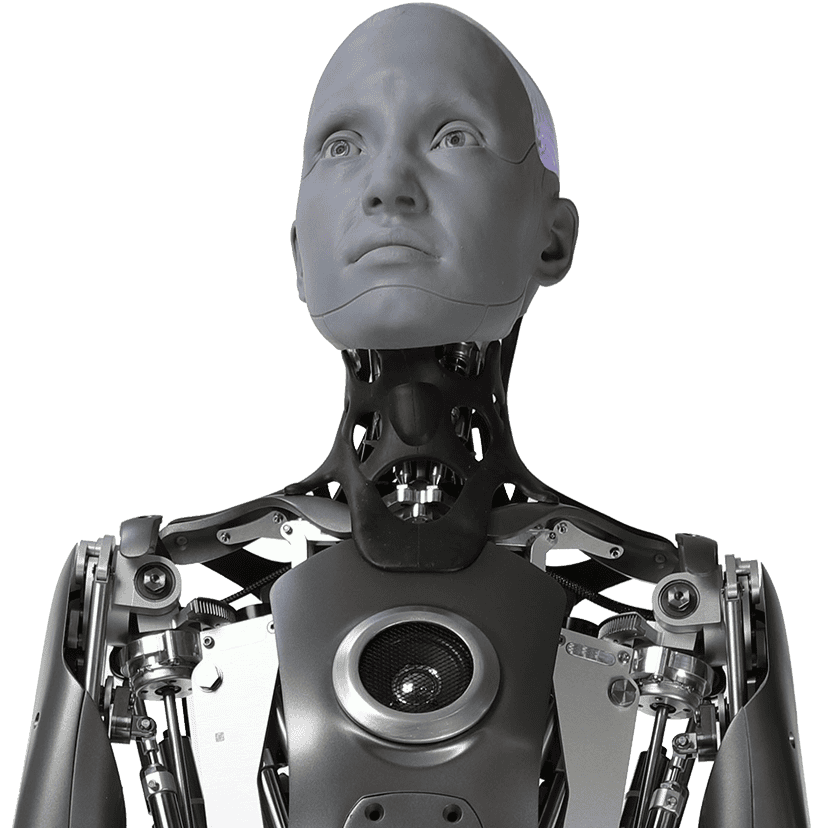
Ameca, developed by Engineered Arts, is known for its incredibly realistic facial expressions and human-like appearance. It’s designed to be a platform for developing human-robot interaction and artificial intelligence. Ameca’s expressiveness makes it a compelling research tool and a fascinating example of how robots can mimic human emotions.
Key Features of Engineered Arts Ameca
- Highly realistic facial expressions and movements
- Focus on human-robot interaction and AI development
- Used as a research and development platform
4. Agility Robotics Digit
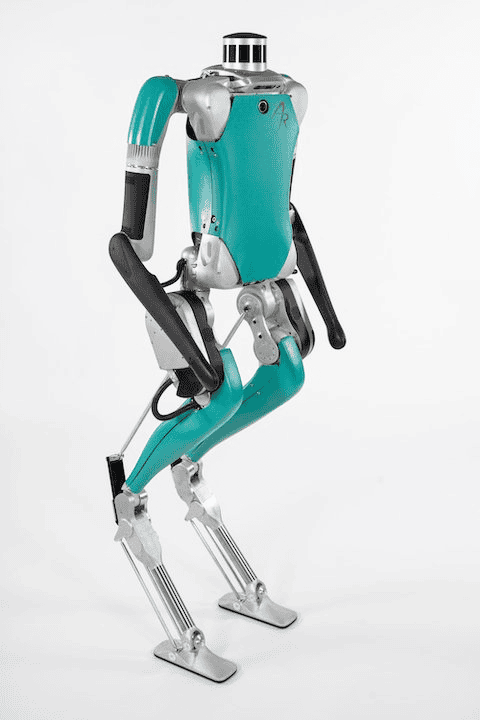
Digit, developed by Agility Robotics, is a humanoid robot designed for logistics and warehouse work. It can navigate complex environments, carry packages, and even climb stairs. Digit’s practicality and focus on real-world applications make it a promising solution for automating tasks in various industries.
Key Features of Agility Robotics Digit
- Designed for logistics and warehouse tasks
- Capable of navigating complex environments and carrying objects
- Focus on practical applications in the workforce
5. Sanctuary AI Phoenix
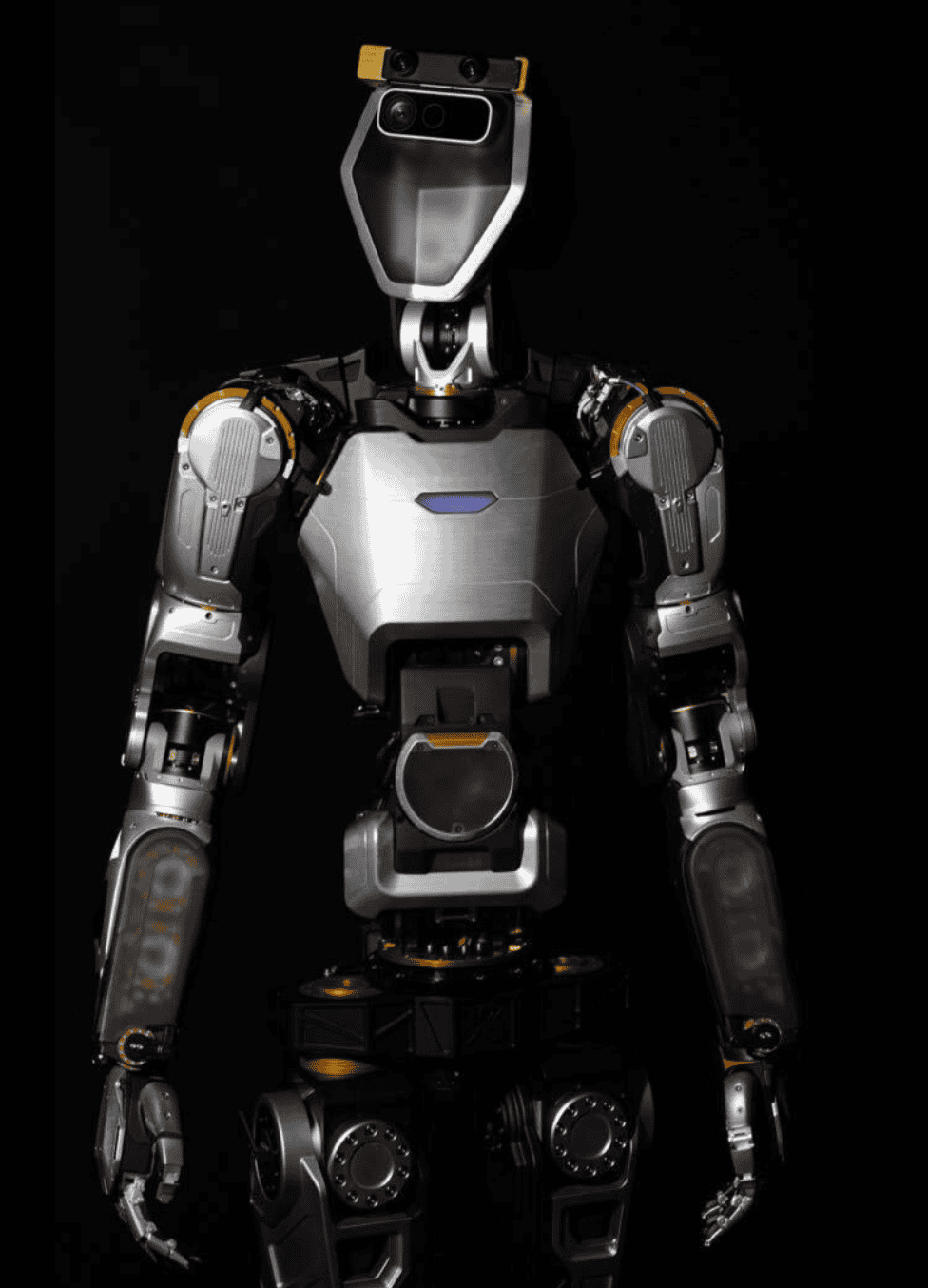
Sanctuary AI’s Phoenix robot is designed to be a general-purpose worker, capable of performing a wide range of tasks in various settings. It combines human-like dexterity with advanced AI capabilities to learn and adapt to new tasks. Phoenix is still under development, but it has the potential to be a versatile and valuable addition to the workforce.
Key Features of Sanctuary AI Phoenix
- General-purpose robot for various tasks
- Combines human-like dexterity with advanced AI
- Potential for widespread use in different industries
Choosing the “Best” Robot
| Robot | Strengths | Purpose |
|---|---|---|
| Tesla Optimus | Affordability, general-purpose design | Various tasks, potential for mass production |
| Boston Dynamics Atlas | Agility, dynamic movements | Research and development, pushing the boundaries of robotics |
| Engineered Arts Ameca | Realistic facial expressions, human-like appearance | Human-robot interaction, AI development |
| Agility Robotics Digit | Practicality, focus on logistics | Warehouse automation, real-world applications |
| Sanctuary AI Phoenix | General-purpose worker, combines dexterity with AI | Various tasks, potential for widespread use |
Key Takeaways
- Humanoid robots combine AI and human-like bodies for various tasks
- Top humanoids include ASIMO, Sophia, Atlas, and Ameca
- The humanoid robot market is growing rapidly, driven by AI advances
Understanding Humanoid Robots
Humanoid robots are machines designed to look and act like humans. These robots combine cutting-edge tech with human-like features. They aim to work alongside people in many settings.
History and Evolution of Humanoid Robots
The first humanoid robot appeared in 1921 on stage. This early robot was simple compared to today’s models. In the 1970s, researchers started making more complex humanoid robots.
ASIMO, made by Honda in 2000, was a big step forward. It could walk and climb stairs. Now, we have robots like Atlas from Boston Dynamics. Atlas can do backflips and other hard moves.
The field keeps growing fast. New robots can do more human-like tasks. They use better materials and smarter software. This growth shows how far we’ve come in robotics.
Key Technologies in Humanoid Robotics
Humanoid robots use many advanced technologies. Artificial intelligence (AI) is a big part. It helps robots think and make choices. Machine learning lets robots get better over time.
Sensors are crucial. They help robots see, hear, and feel their surroundings. Cameras and depth sensors give robots 3D vision. This helps them move around and grab things.
Natural language processing and speech recognition let robots talk with people. Some can even read facial expressions. These skills make robots more helpful in social settings.
Human-Robot Interaction Fundamentals
Human-robot interaction is key for humanoid robots. It’s about how robots and people work together. Good design makes this teamwork smooth and natural.
Robots need to understand human speech and body language. They also need to express themselves clearly. This two-way communication builds trust between humans and robots.
Safety is very important. Robots must move carefully around people. They should know how to avoid accidents. As robots get better at this, they can do more jobs with humans nearby.
Human-Nature, CC BY-SA 4.0 https://creativecommons.org/licenses/by-sa/4.0, via Wikimedia Commons
Leading Humanoid Robots and Manufacturers
The humanoid robot market has grown rapidly in recent years. Many companies are making advanced robots that look and move like humans. These robots can do different jobs in factories, homes, and other places.
Pioneers in Humanoid Robotics
Boston Dynamics is a top name in humanoid robots. They made Atlas, a robot that can walk and do flips. Hanson Robotics created Sophia, a robot with a human-like face that can talk to people. SoftBank Robotics made Pepper, a friendly robot used in stores and homes.
Other key players include Agility Robotics, Engineered Arts, and UBTECH Robotics. These companies make robots for work, research, and fun. Sanctuary AI and Apptronik are newer companies working on humanoid robots for jobs.
Notable Models in the Market
Some of the most famous humanoid robots are:
- Atlas by Boston Dynamics: Can run and do backflips
- Sophia by Hanson Robotics: Has realistic facial expressions
- Ameca by Engineered Arts: Shows human-like emotions
- Digit by Agility Robotics: Made for walking and carrying things
- Pepper by SoftBank Robotics: Greets customers in stores
These robots use AI to learn and do tasks. Some can talk, while others focus on moving like humans. As technology improves, these robots are getting better at helping people in real-world settings.
Applications of Humanoid Robots
Humanoid robots are being used in various fields to assist and work alongside humans. These machines are designed to perform tasks in service, industry, healthcare, and exploration.
Service Sector and Customer Relations
Humanoid robots are helping in stores, hotels, and restaurants. They greet customers, answer questions, and give directions. Some robots can take orders and serve food. In banks, they assist with basic transactions and account inquiries.
These robots use speech recognition to understand customer needs. They can speak multiple languages, making them useful in places with many foreign visitors. Some have touch screens for easy interaction.
Robots in customer service work 24/7 without getting tired. They handle routine tasks, freeing up human staff for more complex issues.
Industrial Automation and Manufacturing
In factories, humanoid robots work on assembly lines. They perform repetitive tasks with high precision. These robots can lift heavy objects and work in dangerous conditions.
Some humanoid robots in manufacturing can:
- Weld car parts
- Paint products
- Package items
- Inspect for quality control
They work alongside humans, often handling the more risky or tiring jobs. This teamwork improves safety and productivity in manufacturing plants.
Humanoid robots can be programmed to do different tasks. This flexibility is useful when production needs change.
Healthcare, Caregiving, and Personal Assistance
Humanoid robots are helping in hospitals and homes. They assist doctors and nurses with simple tasks. Some robots can:
- Deliver medicine to patients
- Help lift and move patients
- Take vital signs like temperature and blood pressure
In homes, care robots help elderly or disabled people. They remind them to take medicine and can call for help in emergencies. Some robots provide companionship, reducing loneliness.
Personal assistant robots help with daily tasks like:
- Setting reminders
- Reading out emails
- Controlling smart home devices
These robots use AI to learn user preferences and habits over time.
Search, Rescue, and Space Exploration
Humanoid robots are valuable in dangerous situations. In search and rescue, they can:
- Enter unstable buildings after earthquakes
- Look for survivors in disaster areas
- Handle hazardous materials
Their human-like shape allows them to use tools and navigate spaces designed for people.
In space, humanoid robots assist astronauts on missions. They can:
- Perform maintenance outside spacecraft
- Collect samples on other planets
- Set up equipment in harsh environments
These robots reduce risks to human astronauts. They can work in extreme temperatures and radiation that would be harmful to people.
The Future of Humanoid Robotics
The future of humanoid robots looks bright. New tech, market growth, and social impacts are shaping this field.
Innovations and Cutting-Edge Research
AI and machine learning are key to humanoid robot growth. Boston Dynamics’ Atlas uses depth sensors and control tech for human-like movement. It can leap and backflip. This shows big steps in robot agility.
Tesla’s Optimus Gen-2 is another top robot. It uses AI to learn tasks. This helps it adapt to new jobs quickly.
3D printing is changing how robots are made. It lets companies make complex parts faster and cheaper. This speeds up testing and improvement of new designs.
Human-robot interaction is a big focus. Researchers are working on ways to make robots easier to work with. This includes better speech, gestures, and facial expressions.
Economic and Market Trends
The global market for humanoid robots is set to grow fast. In 2023, it was worth about $100 million. By 2035, it could reach $35 billion. This huge jump shows how important these robots are becoming.
Many companies are joining the field. 1X (formerly Halodi Robotics) is making robots for jobs in security and healthcare. Their goal is to make safe, cheap robots that can help in many ways.
Businesses see humanoid robots as a way to save money and boost output. They can work in places that are hard for humans. This makes them valuable in factories, warehouses, and dangerous spots.
Ethical Considerations and Social Impact
As humanoid robots become more common, we need to think about their impact. There are worries about job loss. But robots might also create new types of work.
Privacy is another big issue. Robots can collect lots of data. We need rules about how this info is used and stored.
The United Nations Development Programme sees robots as a tool for progress. They could help in poor areas by doing risky jobs or providing healthcare. But we must make sure everyone can benefit, not just rich countries.
Safety is crucial. As robots work closer with humans, we need strict rules to prevent accidents. This includes both physical safety and cybersecurity to stop hacking.
Technical Challenges and Achievements
Humanoid robots have made significant strides in recent years. Engineers have tackled complex issues in movement, interaction, and safety to create more capable machines.
Advancements in Dexterity and Mobility
Humanoid robots now move with greater skill. The Atlas robot from Boston Dynamics can run, jump, and do backflips. It uses depth sensors and advanced control systems to navigate varied terrain.
Other robots have improved hand dexterity. Some can now pick up small objects and use tools. This allows them to perform more human-like tasks.
Legs and joints have also gotten better. New designs let robots walk more smoothly and keep their balance. Some can even climb stairs or recover from being pushed.
Facial Expressions and Voice Interaction
Robot faces are becoming more lifelike. Many can now show basic emotions through moving parts. This helps them seem more friendly and relatable to humans.
Voice interaction has also improved. Speech recognition lets robots understand spoken commands. Natural language processing helps them respond in a more human-like way.
Some robots can now hold simple conversations. They use AI to choose appropriate responses. This makes interactions feel more natural and less scripted.
Safety and Reliability in Humanoid Robots
Safety is a top concern for humanoid robot makers. New sensors help robots detect nearby people and objects. This lets them avoid collisions and work more safely around humans.
Reliability has also gotten better. Improved parts last longer and need less maintenance. Better programming helps robots handle unexpected situations without crashing.
Fail-safe systems are now common. These shut down robots if something goes wrong. This extra layer of protection makes humanoid robots safer to use in homes and workplaces.

